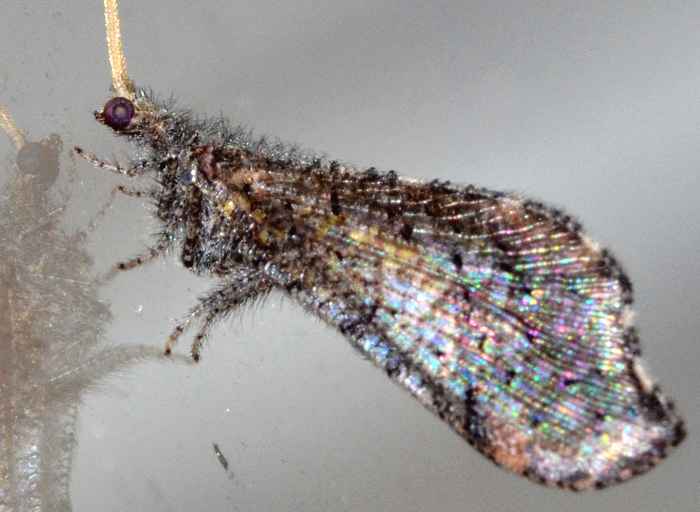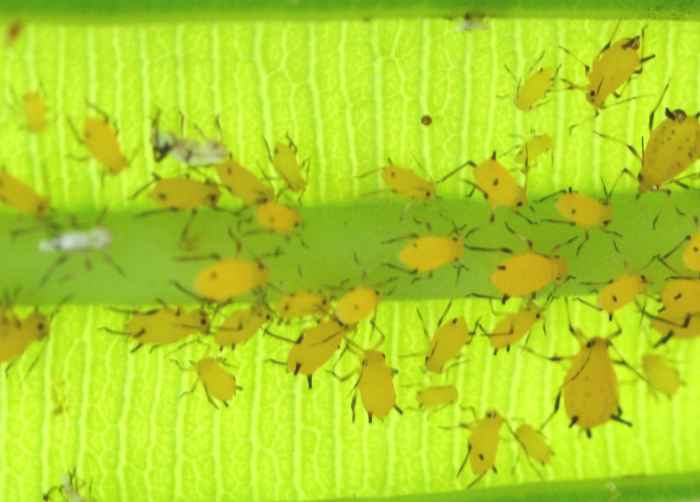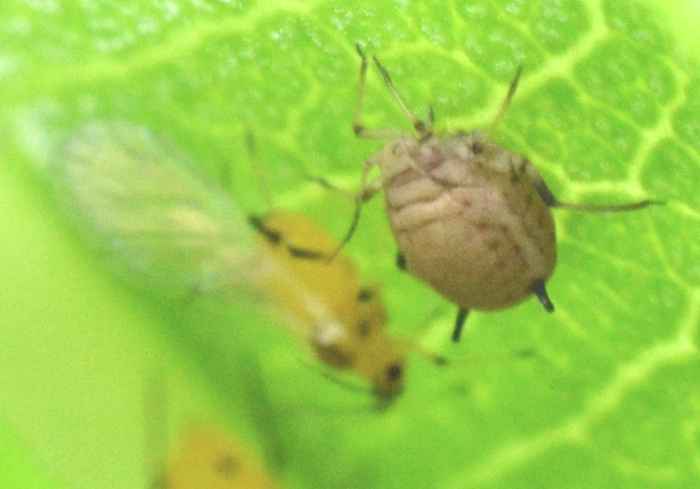|
Curious Bug Stories Many of us wonder how alien life might look like; according to most science fiction movies not that different from life on Earth. It is obviously difficult to imagine truly unusual organisms and ecosystems that do not fall into the molds of terrestrial life or more precisely, our perception of life on Earth. However my growing interest in arthropods has introduced me to an amazing world that in many aspects is much more alien, bizarre, and unbelievable than the strangest sci-fi life forms. It is also filled with breathtaking complexities and involves hundreds of species that interact according to the most intricate and surprising rules. In this not so hidden world, millions of individuals and entire cultures come and go with every season while most of us are unaware of these epic spectacles. On this blog I will post short stories about this ignored universe with interesting facts that I encounter while reading about the insect species in my backyard. I am not an entomologist, so each blog entry will be my amateur interpretation of what more knowledgeable people have published. I will always try to post the original references used for my stories, which will also allow you to dig deeper. Please send me feedback if you enjoyed a particular story, have comments, or noticed mistakes. The blog posts are sorted in reverse chronological order. -Oliver Tweet |

|



